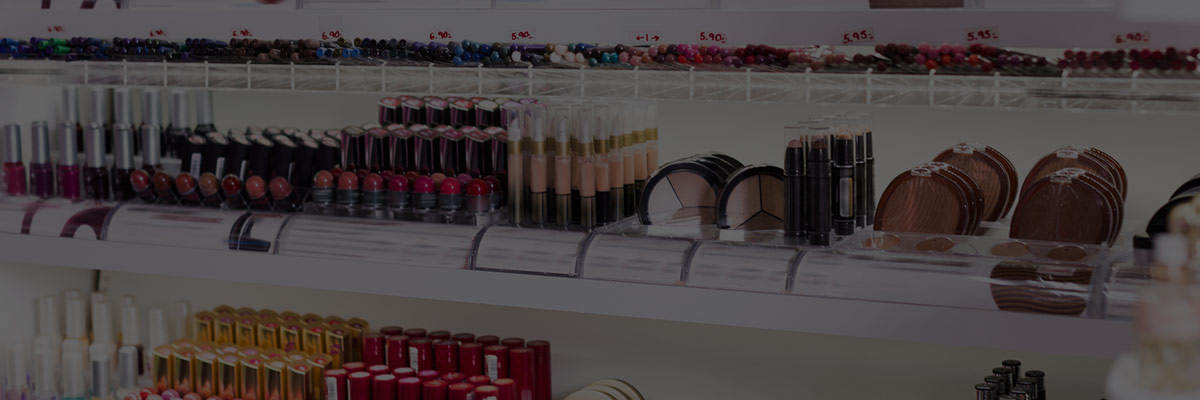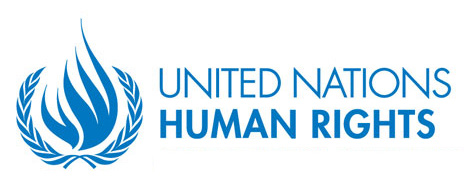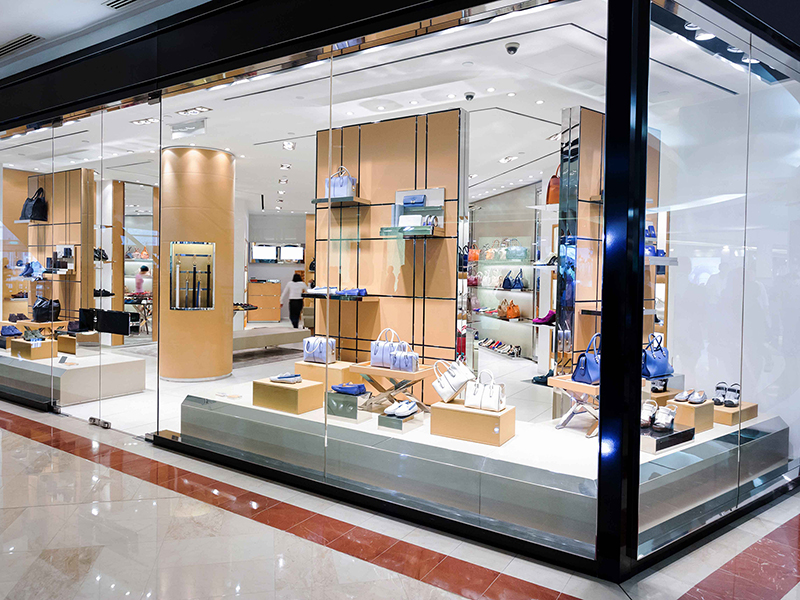Human rights are inherent to all human beings. They are defined and established in more than 80 international legal instruments and define the fundamental protections of human dignity, needs, and freedoms, such as food, housing, privacy, personal security, and democratic participation. Since the adoption of the Universal Declaration of Human Rights (UDHR) in 1948, the responsibility to protect human rights has primarily fallen on governments. Beginning in the early 2000s, however, it became increasingly clear that the freedoms enshrined in the framework could also be violated—and promoted—by the private sector. In 2011, the UN Human Rights Council unanimously endorsed the UN Guiding Principles on Business and Human Rights (UNGPs), the first international instrument to assign companies the responsibility to respect human rights.
The Guiding Principles state that companies must refrain from negatively impacting rights even when governments are failing to create or enforce necessary laws; and that victims of corporate abuses must have access to effective remedy.
As part of this responsibility, the Guiding Principles require companies to actively identify and manage the negative human rights impacts that they may cause directly, and those to which they contribute through their business practices and relationships. There are several key actions a company can take as part of this due diligence cycle: conduct a human rights assessment to determine which potential human rights impacts are most salient to their business; develop and publish a human rights policy to clearly communicate expectations to stakeholders and business partners; ensure they have robust stakeholder engagement processes in place to support ongoing monitoring of potential or actual impacts and proactive action or remedy.
This issue brief identifies the most relevant, urgent, and probable human rights impacts for businesses operating in the beauty and personal care sector. The information here is gathered from BSR’s direct engagement with beauty and personal care sector companies, as well as our 30 years of experience helping companies in all sectors manage their human rights risks.
The beauty and personal care sector comprises a wide range of businesses and activities, from manufacturing, retailing, and distribution to marketing and advertising of beauty and cosmetic products (such as makeup, fragrances, skincare, haircare, and toiletries). The sector is spread across a wide range of different businesses including specialty stores, pharmacies, and supermarkets, among others. While each of these different business activities will have its own human rights profile and challenges, this brief highlights universal risks for companies operating in the beauty and personal care sector.
Top Human Rights Risks
1: Child Labor
The sourcing of raw materials often used in beauty and personal care products is under increased scrutiny due to the high risk of child labor in mining and agricultural processes, especially in the lower tiers of the supply chain. The most prominent example in this sector is the mining of mica—a mineral predominantly found in India, Madagascar, Brazil, and China and used in the production of cosmetics like eyeshadow and blush to add shimmer and pigment. Mica is mined in unsafe and unregulated working conditions, generally in regions where labor laws tend to be weak. Approximately 25 percent of the world’s mica is sourced from Jharkhand and Bihar, India, where over 22,000 children are working in the mines, infringing their rights to life, health, and education. Other types of raw materials, such as vanilla, cocoa, copper, and silk, which are used in the production of foundations and creams, are reportedly produced using child labor in at least one of their major producing countries (e.g., child labor can be found in cocoa production and supply chains in Ghana and Côte d’Ivoire). Companies should ensure that their raw materials are responsibly sourced by working with suppliers to improve transparency and traceability within their supply chains to eliminate and address the root causes of child labor.
2: Working Conditions in Supply Chains
Approximately 30 percent of the ingredients found in beauty and personal care products are derived from either mined or agricultural commodities such as copper, mica, and palm oil. Many of these commodities are classified as "high risk" given the widely documented labor rights abuses in sourcing operations that are not well regulated. These industries also rely heavily on a low-skilled workforce via recruitment agencies, which can lead to confiscation of passports, exorbitant recruitment fees, debt bondage, and withheld contracts and wages. Workers engaged in the production of agricultural raw materials, such as palm oil, carnauba wax, or candelilla wax, in popular sourcing countries such as Indonesia, Brazil, and Mexico are linked to poor working conditions likeforced and bonded labor, low wages, long working hours, sexual harassment, health and safety hazards, discriminatory practices, and little or no access to grievance mechanisms. Companies should monitor their supply chains to prevent labor rights violations, health and safety incidents, and discriminatory practices.
3: Marketing and Advertising
Marketing and advertising of beauty and personal care products may contribute to adverse human rights impacts through the promotion of discriminatory stereotypes and a lack of diversity in gender, sexuality, age, skin tone, and body types. The use of sexualized and distorted body images in advertising can also promote unrealistic standards of beauty and have detrimental impacts on mental and physical health, especially when targeting vulnerable groups such as children and adolescents. More controversially, the advertising, sale, and use of harmful products such as skin lightening creams can often perpetuate the belief that fairer skin complexions are superior.
Companies should actively work to remove racial and gender stereotypes and challenge societal norms by being more inclusive when considering gender, race, class, and sexuality in their portrayals of people in the media.
4: Data Privacy
The collection of personal data is increasingly driving the retail beauty industry, given its consumer-oriented focus. From in-store and online transactions, product testing, personal device tracking, and biometrics (including facial recognition) to loyalty programs and the use of social media, many beauty and personal care companies collect consumer data to further their marketing goals and personalize the shopping experience. However, as the collection of consumer data grows, so will the challenges of respecting privacy. For example, facial recognition software is being used in stores and on mobile applications where customers can virtually test and try their products. However, data collection could increase the risk of misuse, such as collecting and sharing information without expressed consent, as well as unintended or inappropriate disclosure of data.
Facial recognition technology is also becoming more widely used in stores to detect shoplifters, which could then be shared with law enforcement agencies. While this might be a useful means of detecting criminal activity, the limitations of facial recognition technologies, such as potential error rates and false positives, could lead to harmful and/or discriminatory outcomes, such as arbitrary arrests that could disproportionately impact vulnerable groups such as women, ethnic minorities, and children. Companies should ensure that data is collected, managed, and stored in ways that do not violate consumers’ human rights, including the right to privacy, liberty, and security, among others.
5: Discrimination and Harassment in Beauty Retail Operations
Companies are increasingly expected to not just respect but promote diversity, equity, and inclusion within operations and across their value chain. This is especially true for retail operations, where Black, Indigenous, and Persons of Color (BIPOC) have reported negative and discriminatory in-person shopping experiences. BIPOC shoppers often face humiliating, degrading experiences, especially when confronted by security, where they can be perceived “as a threat” by store associates. Companies should ensure that all customers are treated fairly and equally while creating an environment where they feel welcome.
6: Environmental Impacts
Beauty and personal care companies impact the environment in direct and indirect ways, which can profoundly affect human health and well-being. Environmental hazards, such as air, water pollution, and deforestation can occur across the entire value chain—from raw material sourcing and cultivation to processing, production and packaging. For example, mica mining leads to the creation of open pits and soil erosion, and the formation of sinkholes could contaminate surface water, groundwater, and soil. Mining also leads to deforestation, with trees gradually cleared to develop more land for mining mica. Beauty and personal care companies have come under scrutiny for the overuse of non-recyclable packaging which may be difficult to break down, leading to the buildup of waste and pollution. Companies must ensure environmental mitigation measures are put in place and that effective remedies are provided to remediate any environmental consequences that impact the human rights of workers and communities.
7: Product Safety
Several key ingredients found in beauty and personal care products, such as creams, deodorants, and makeup, have the potential to negatively impact consumer health and well-being. According to recent studies, the use of harmful chemicals and ingredients, such as sulfates, parabens, and aluminum, to name a few, have been linked to allergic reactions and cancers due to their toxic and carcinogenic properties. For example, the use of PFAS (per- and polyfluoroalkyl substances), controversially known as “forever chemicals,” is a large group of manufactured chemicals widely used in various types of everyday products, including personal care and cosmetics.
Scientific studies show that these chemicals may be linked to harmful health effects in humans and animals due to their persistence in the environment. Conversely, choosing ingredients from sources that manufacturers consider “organic” or “natural” is no guarantee that they are safe. Companies should ensure that products are safe to use while assessing the longer-term health impacts of certain ingredients. Full disclosure of ingredient lists and sourcing practices that are consistent with product labeling regulations and guidelines will enable consumers to make informed and safer choices. Additionally, special attention should be given to products used by children, depending on their stage of development.
8: Rights of Indigenous Peoples
The beauty and personal care sector has heavily relied on the use of Indigenous knowledge for the development of beauty products by means of “bio-prospection”. “Bio-prospection” is defined by the World Health Organization (WHO) as “a process of discovery and commercialization of new products based on biological resources from plants and animals originating from Indigenous peoples, mainly in biodiverse environments.” This can lead to “bio-piracy”—the exploitative appropriation (including patenting) of indigenous knowledge by commercial actors.
Companies should ensure respect for the intellectual property and cultural rights of Indigenous peoples while ensuring that Indigenous communities are adequately consulted, acknowledged, and fairly compensated in bioprospecting activities to ensure the preservation of cultural heritage and knowledge. Companies who incorporate traditional and Indigenous knowledge into the development of their products can work closely with Indigenous communities to not only share benefits but also work in collaboration to protect cultural heritage.
Top 3 Opportunities for Positive Impact
1: Promotion of Positive Body Images
Beauty and personal care companies are increasingly responding to social changes that demand greater inclusion. Challenging societal norms to be more inclusive of all genders, races, skin tones, ages, body shapes, sizes, abilities, and other characteristics have led to increased representation and personalization of products and services. Some companies have already started to discontinue the production and sale of skin-lightening products in selected markets, for example. Companies have a role to play in the development, sale, marketing, and advertising of products and services, in redefining the concept of beauty and promoting positive body and self-image, especially among underrepresented and underserved communities.
2: Empowering Local Farming and Indigenous Communities
Companies that source raw materials for products from local farming and Indigenous communities should identify opportunities to support and invest in communities. For example, initiating partnerships with women cooperatives to improve agricultural methods without the use of harmful chemicals could lead to more commercially, socially, and environmentally sustainable farming practices. By supporting local community livelihoods, companies can have positive impacts on their families and wider communities.
3: Purpose Behind the Product
Consumers and other stakeholders will continue to vocalize their demands for more transparency in the sourcing and use of raw materials and ingredients, labor conditions in supply chains, and environmental protection, as well as diversity and inclusion in marketing and advertising practices. In an era of increasing consumer activism, defining a company’s purpose and principles is key to building trust with its consumer base. A corporate culture defined by the principles of transparency, accountability, and non-discrimination are aligned with today’s “conscious consumerism” primarily driven by Generation Z (those born between 1995-2010), who make up a significant proportion of the beauty sector’s consumers.
Let’s talk about how BSR can help you to transform your business and achieve your sustainability goals.




